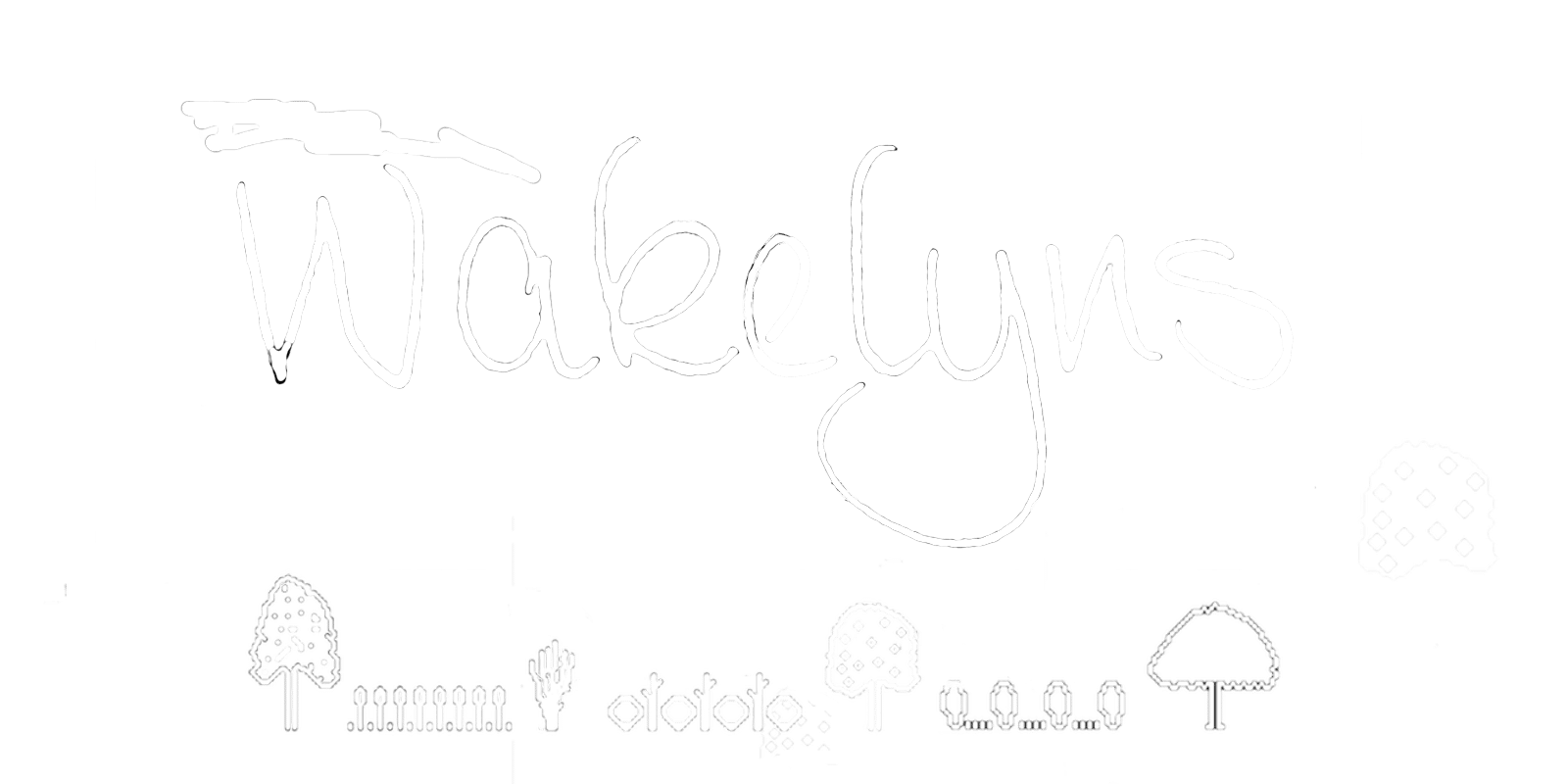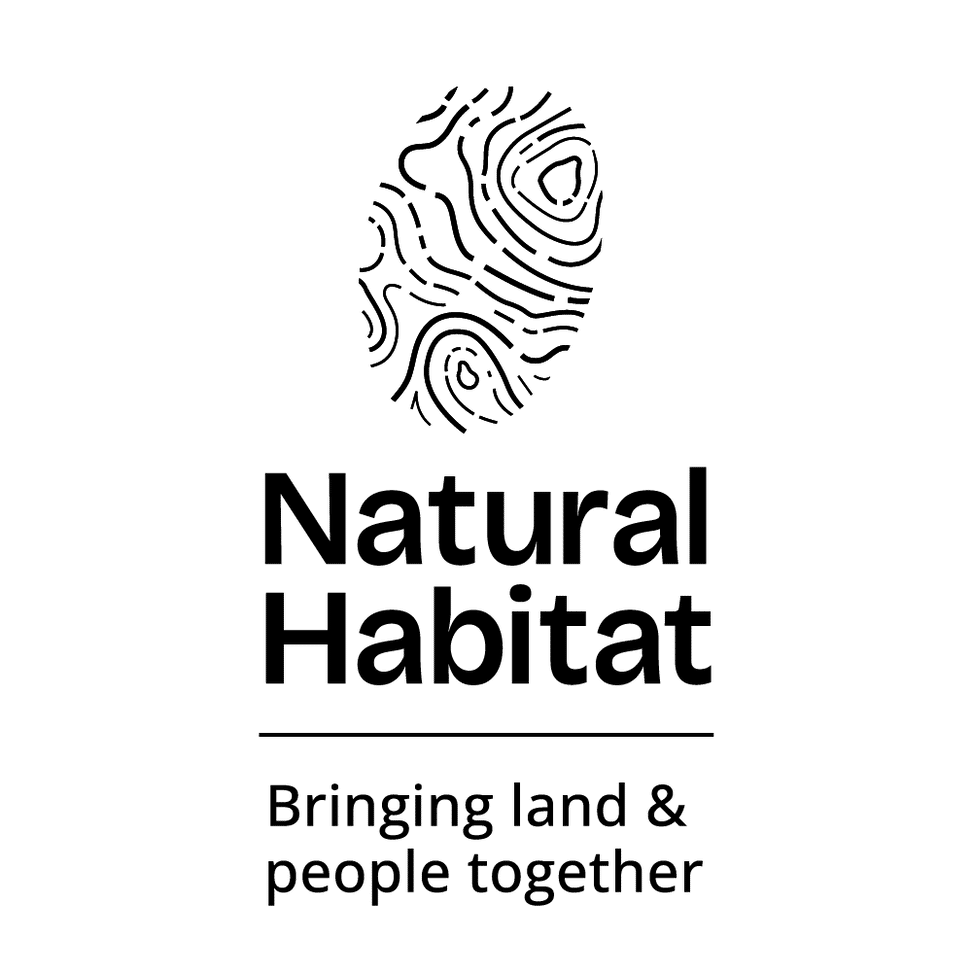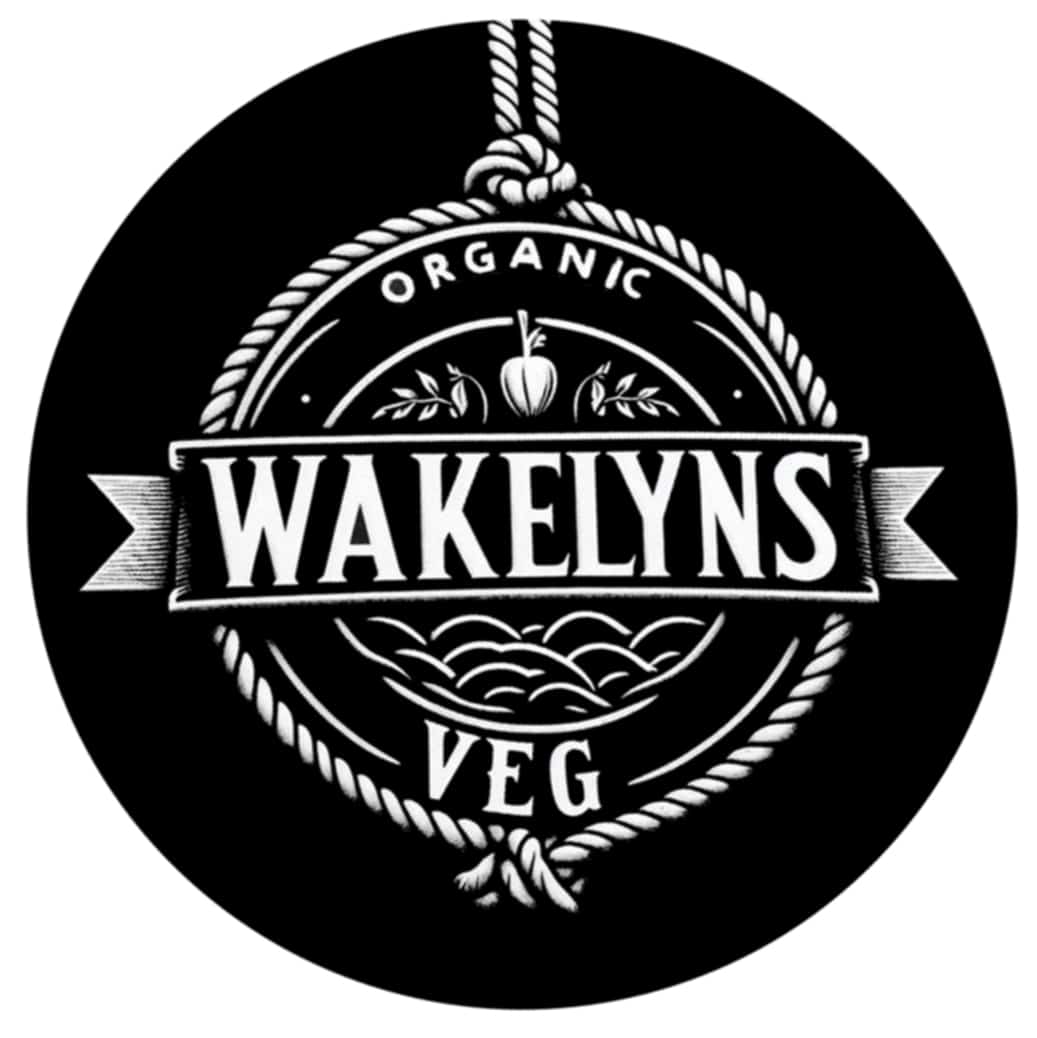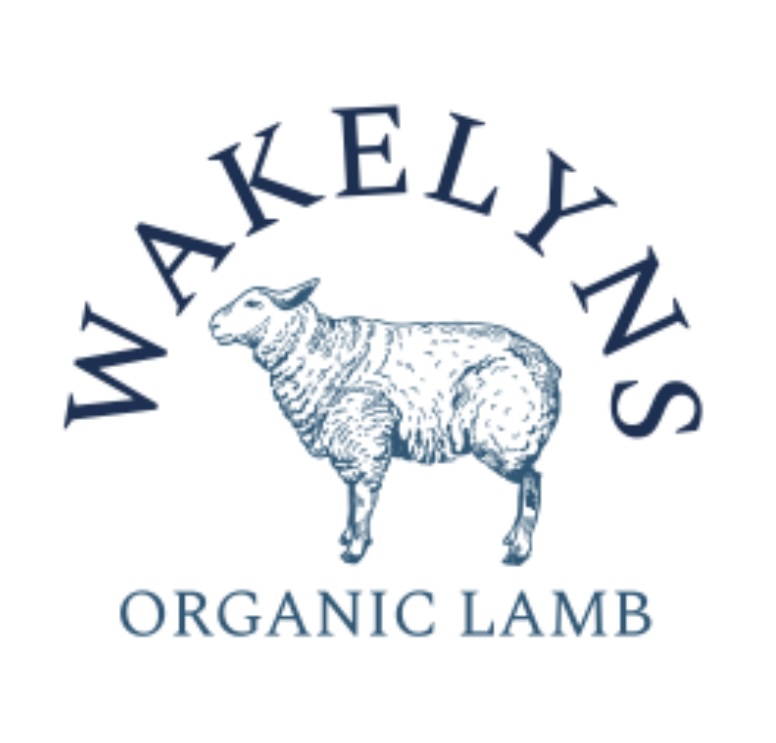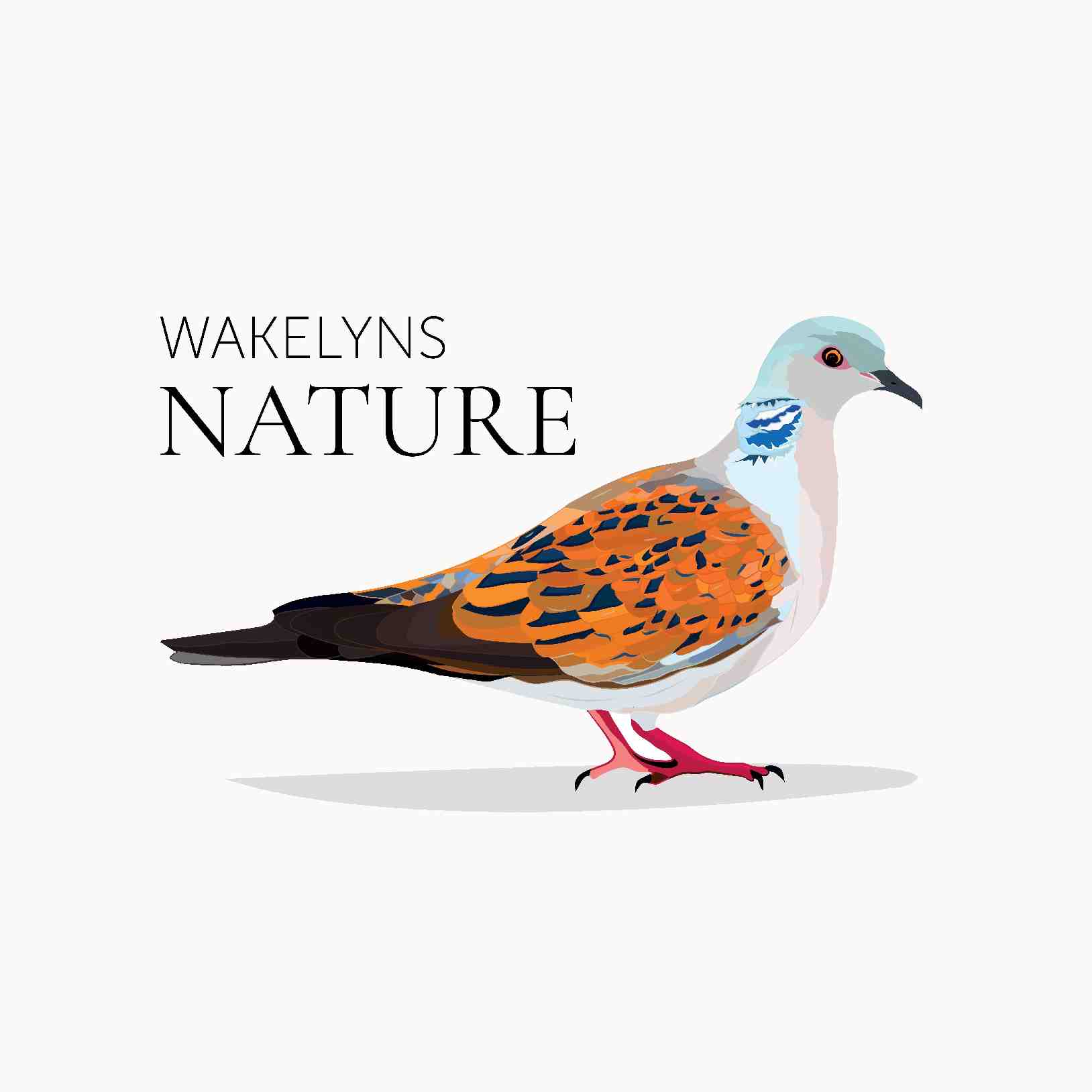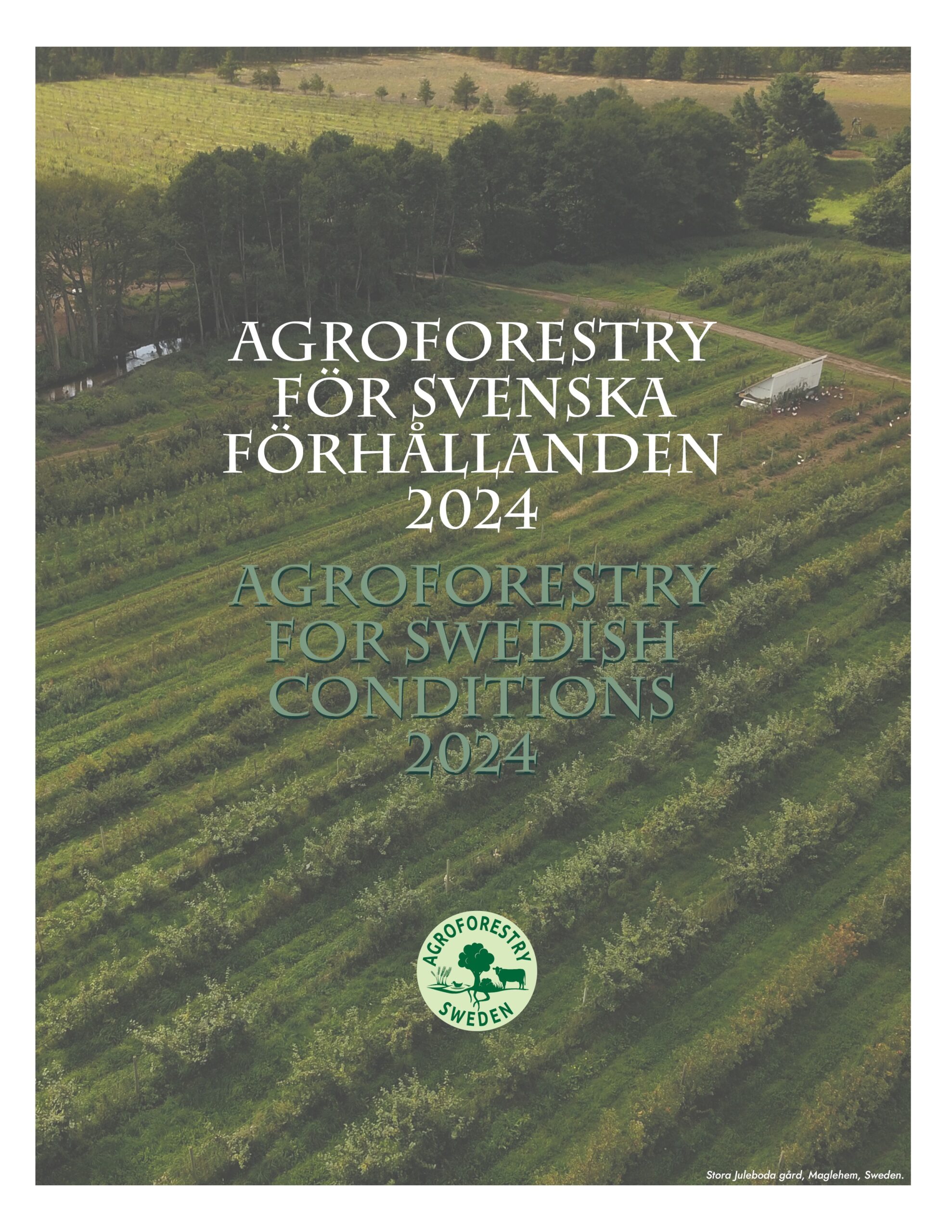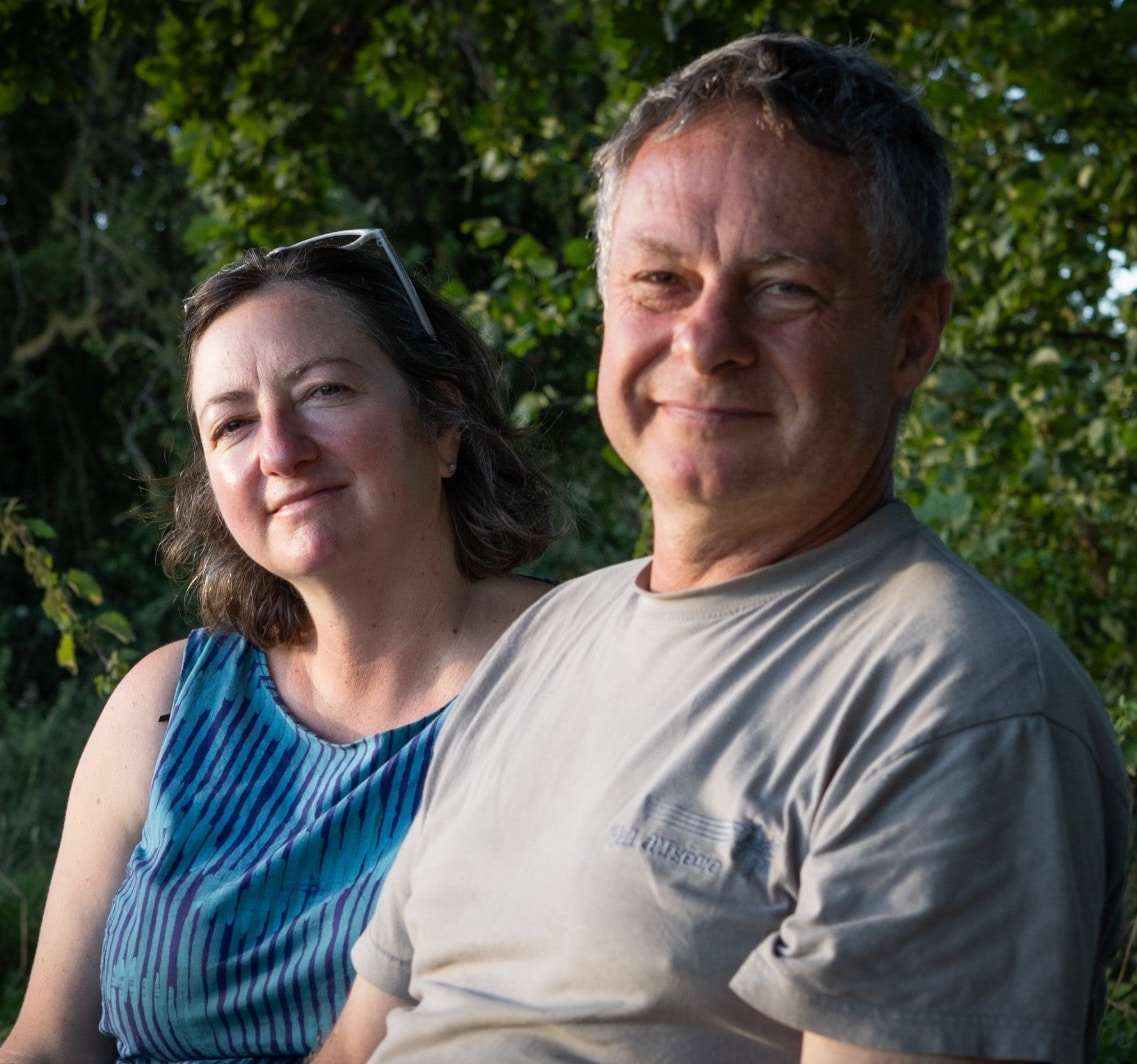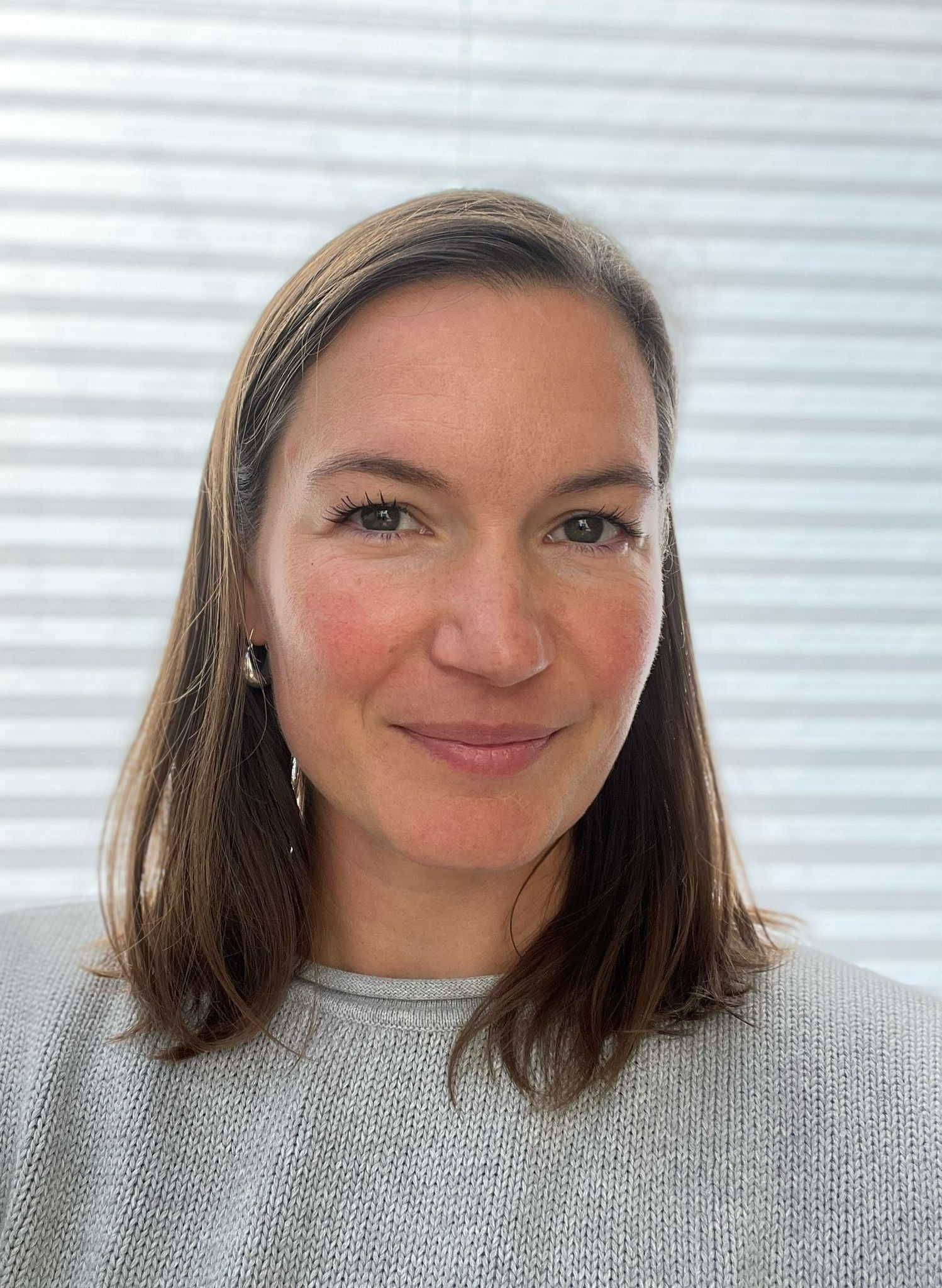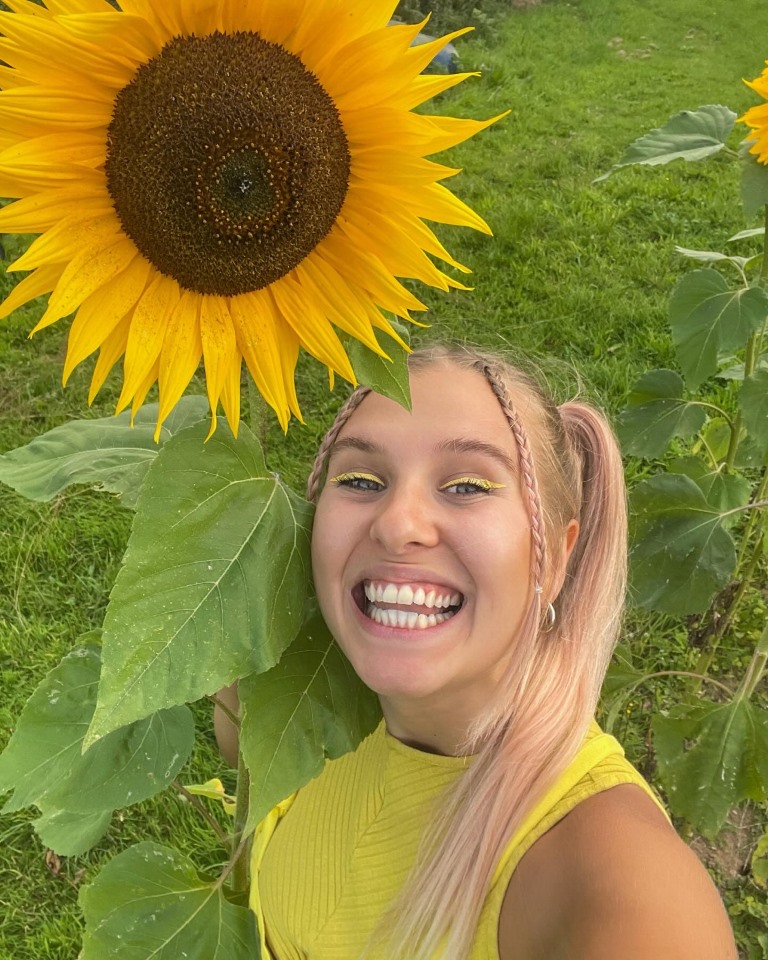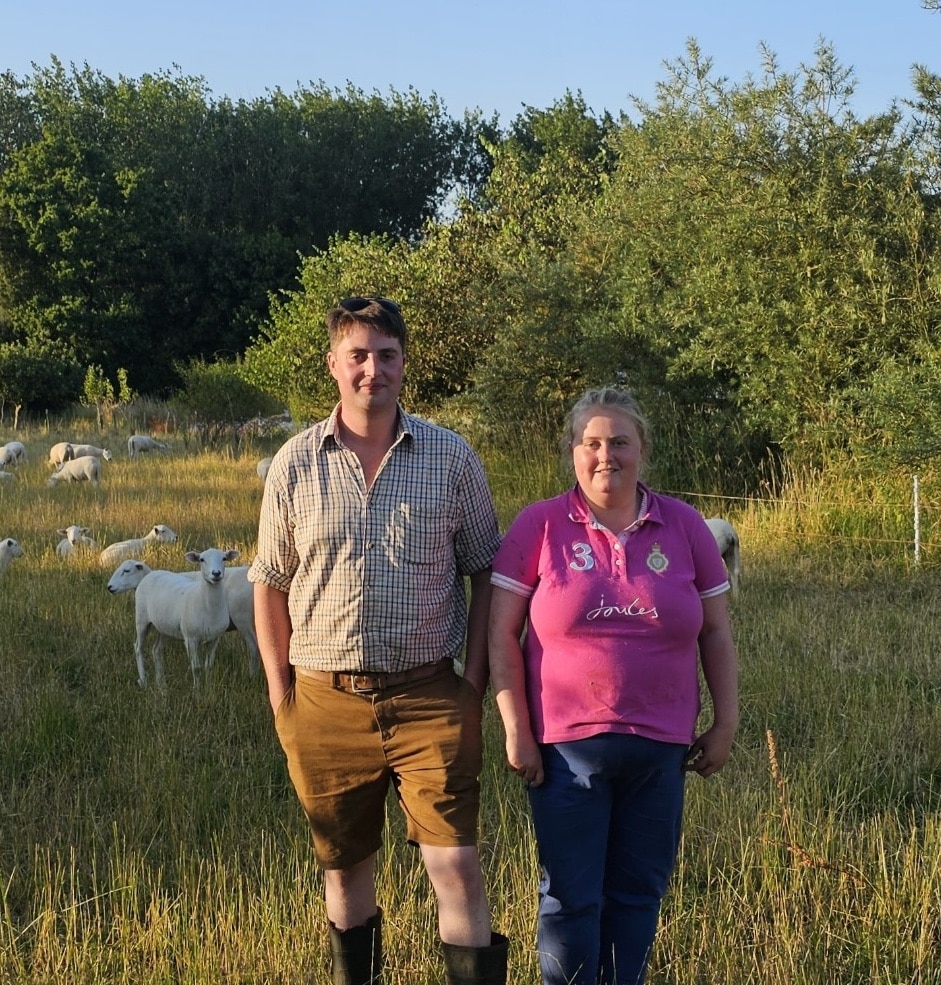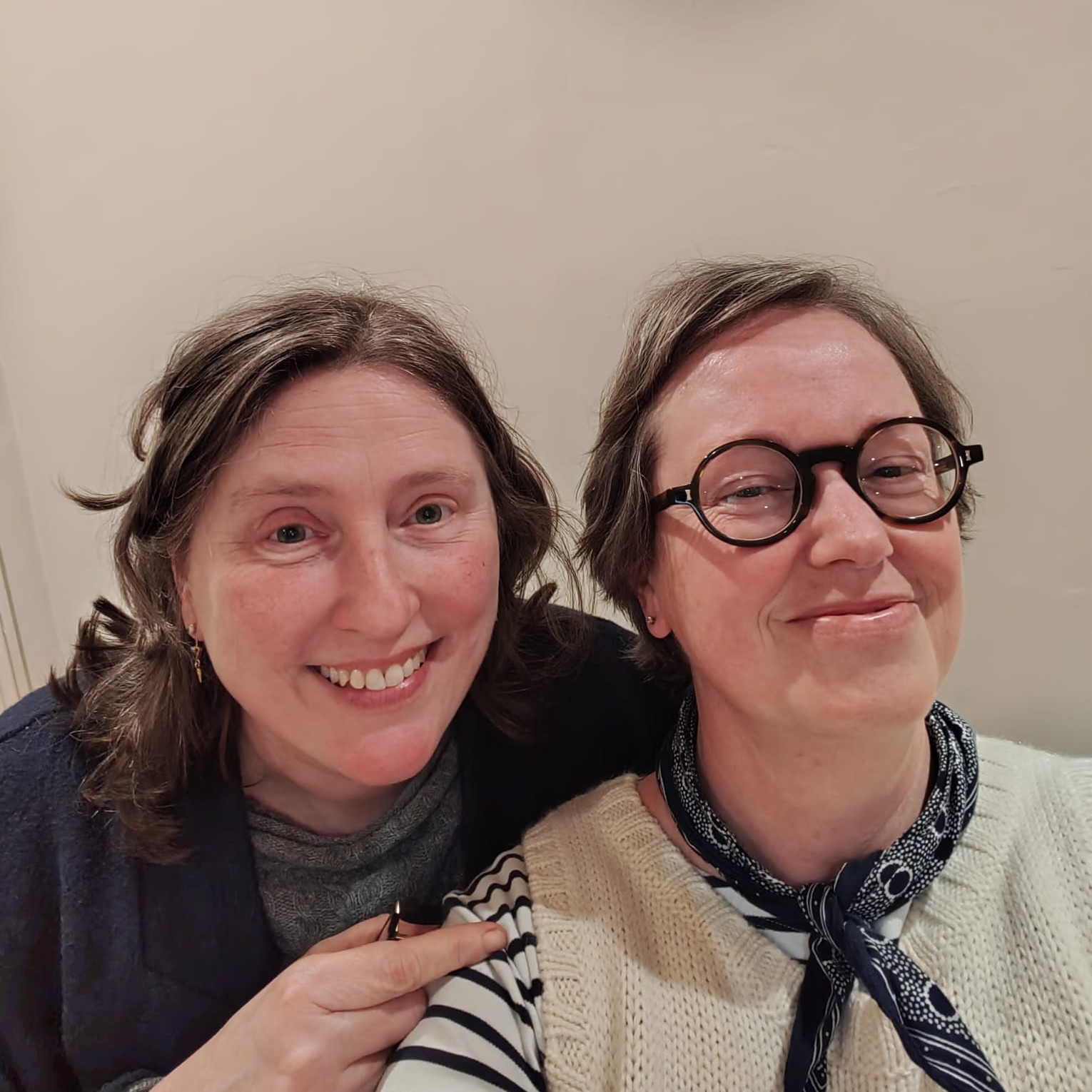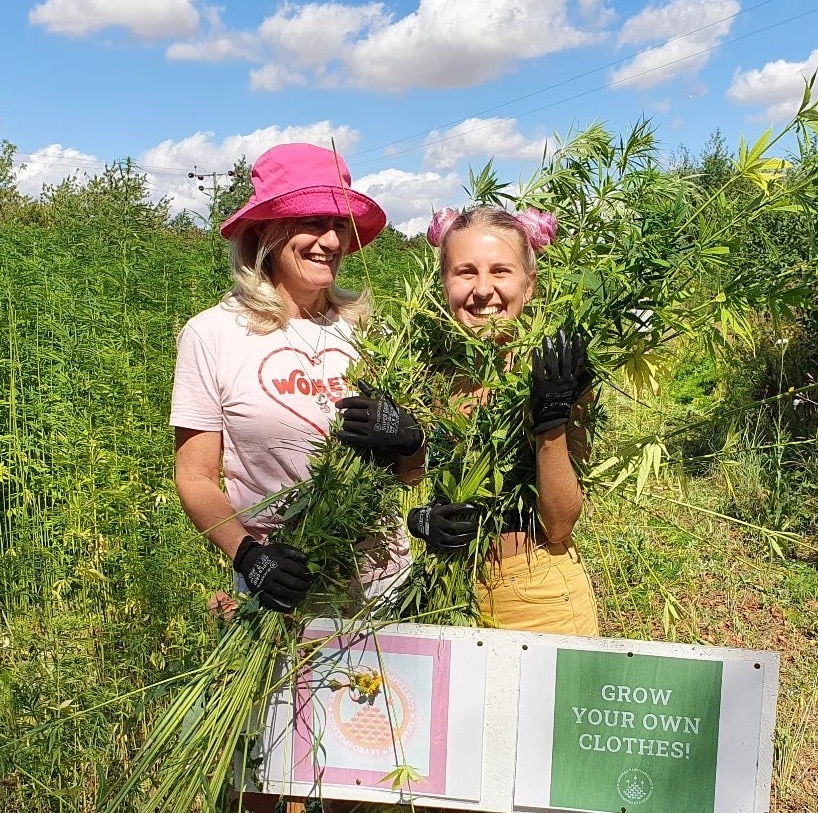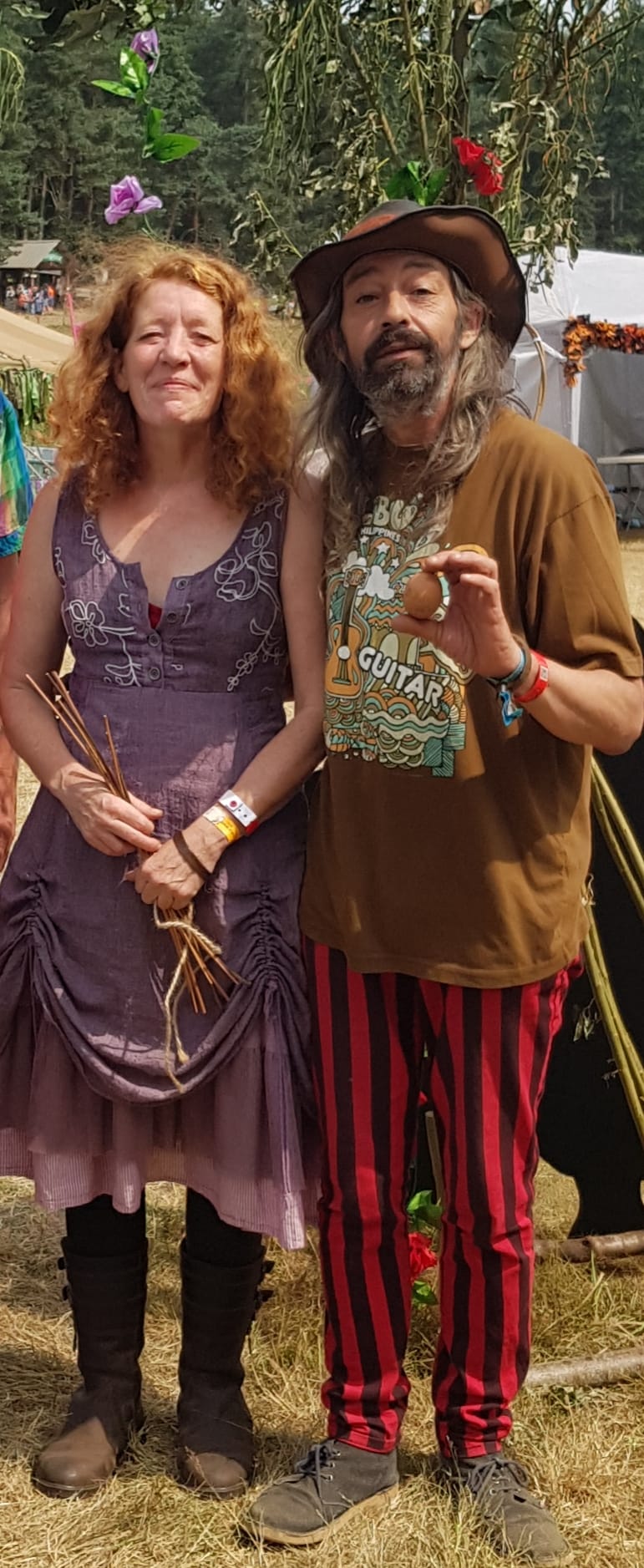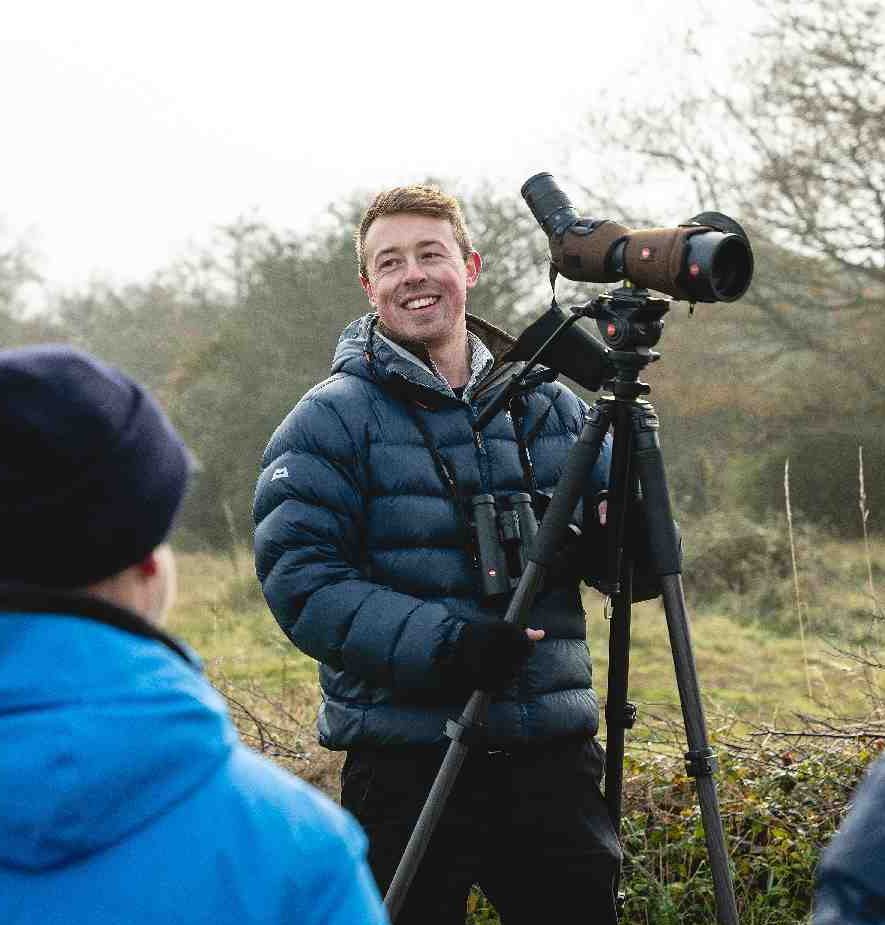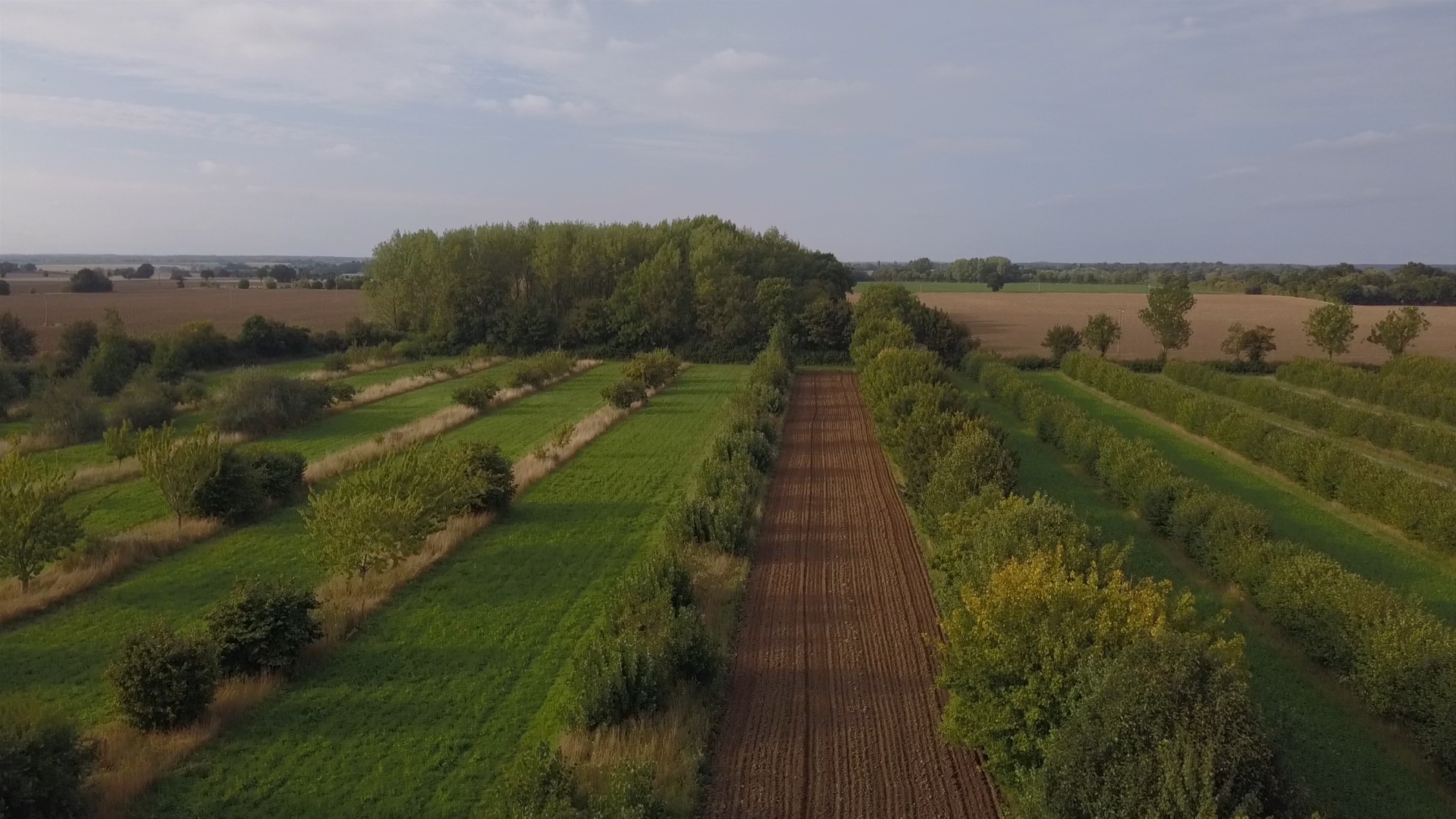
Thirty years’ ago planting trees in lines into a wheat field at Wakelyns was regarded as eccentric and even foolish (certainly by the farming establishment). But it’s now about to become mainstream to plant agroforestry.
In its 2023 Carbon Budget Delivery Plan (the climate change policy document which tells us how the UK will reach Net Zero greenhouse gas emissions by 2050), the UK Government has committed to 10% of UK arable land being agroforestry by 2050 – see here.
That will be a big change in the landscape and to farming: lots of carbon dioxide sequestered and lots of new habitats. It would be even better with a higher target.
Anyway, to help make that happen, Defra (in England) is promising payments – under its new Sustainable Farming Incentive (SFI) subsidies scheme – of up to £849 per hectare for farmers who maintain agroforestry – see here. That’s much better than the old BPS way of paying us farmers a flat rate of about £250 per hectare pretty much regardless of what we chose to grow (or not).
What is agro-forestry?
Wakelyns is distinguished by the system of alleys and tree lines that have been established since 1994 making it one of the oldest and most diverse organic agroforestry sites in the UK.


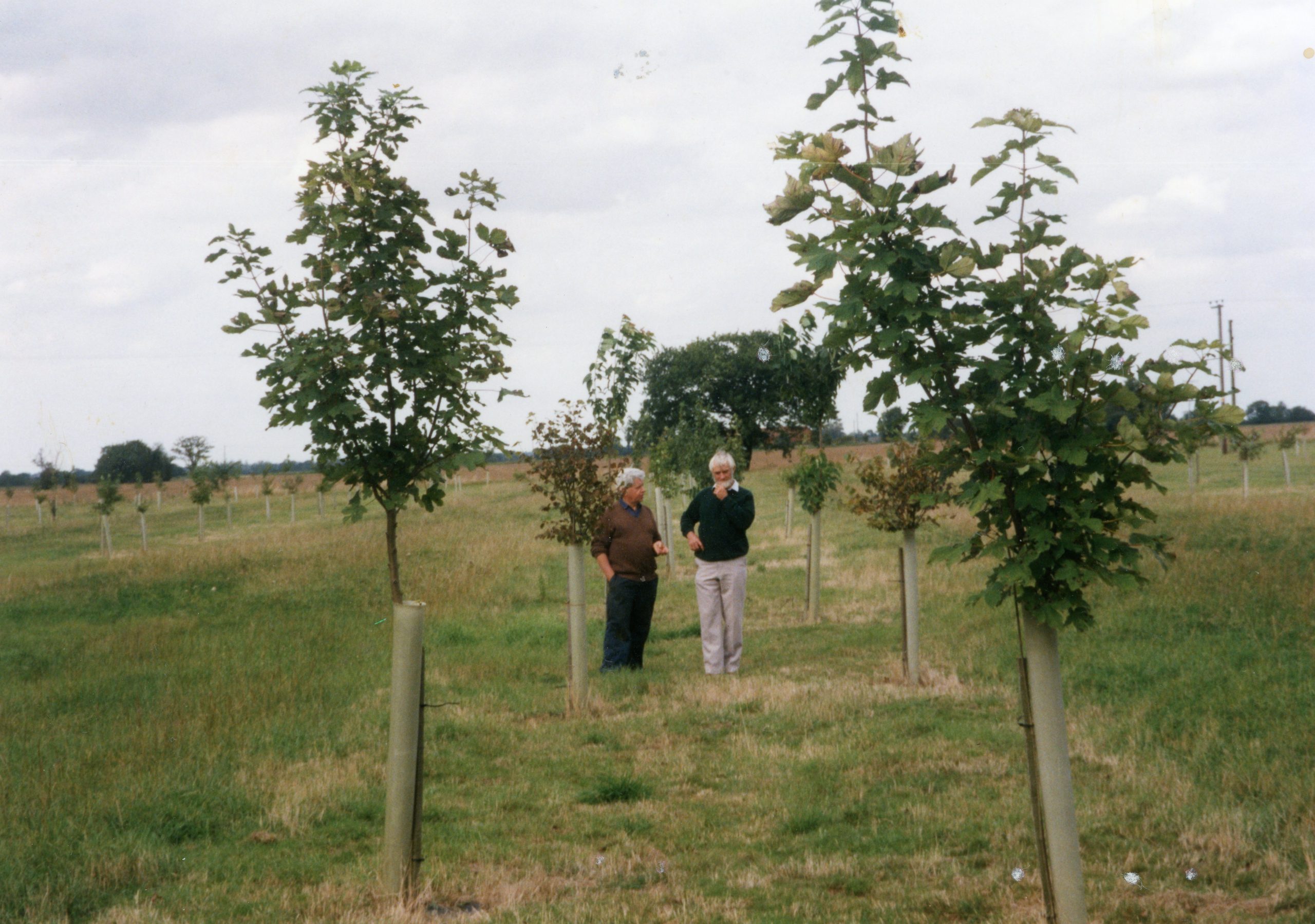
There is abundant evidence that simple mixtures of crop varieties can provide a way forward from mono-culture towards more natural control of plant disease without external inputs.
Agroforestry is the deliberate integration of trees with other crops on the same land area to gain benefit from the natural interactions within the whole growing system.
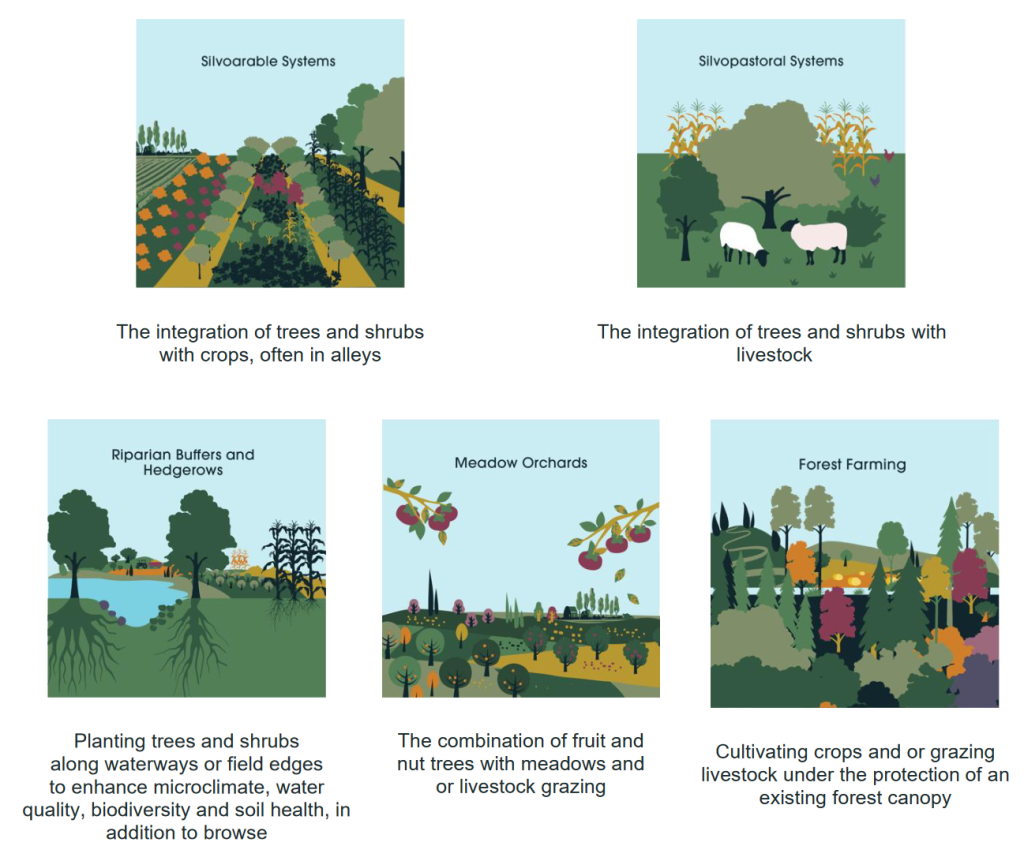
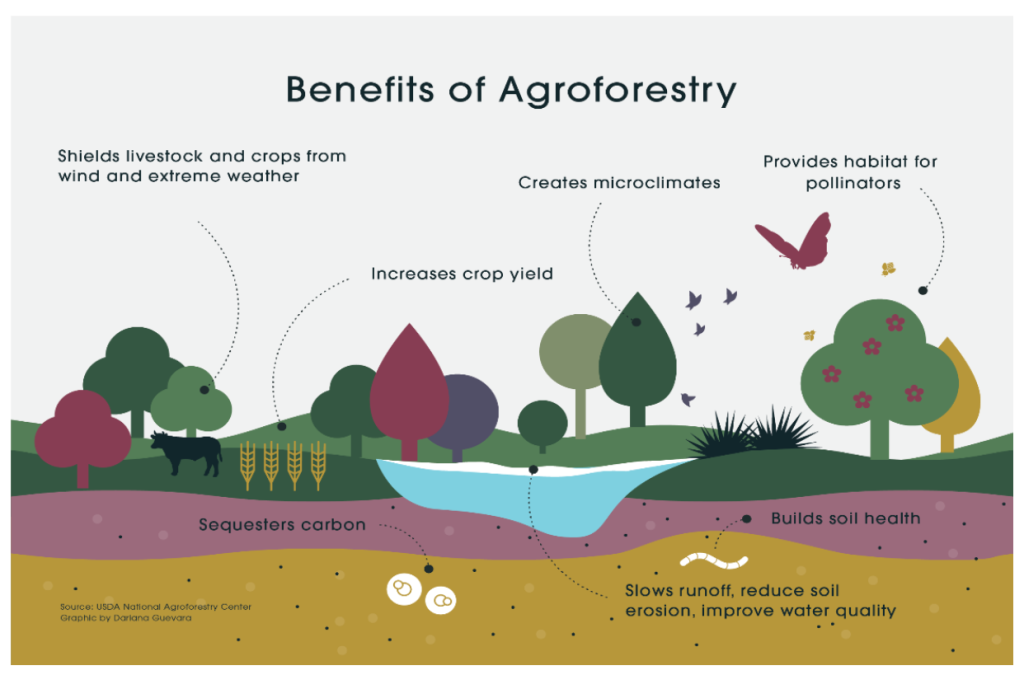
Martin Wolfe described the system in this short paper and talked about Wakelyns and agroforestry more generally in this video interview:
Wakelyns in the media
Right from when Ann and Martin Wolfe first established agroforestry here at Wakelyns in 1994, the project has featured in the national and regional media and TV, from Permaculture Magazine in 1996, through appearances in the Guardian in 208 and 2019, and then BBC Countryfile Magazine in 2020.
Click on each image to go to the piece itself or to play the video.
Wakelyns Team’s Presentation at ORFC 2022: ‘Short Food Chains and Enterprise Stacking’
The Landworkers’ Alliance

The Landworkers Alliance has recently produced a major report about agroforestry in the UK. It looks at the related issues of carbon and climate because they are so integral to which direction land use takes over the next few decades. It features eight established and working examples of these new forms of agroforestry in the UK, and explores what we can learn from them, including Wakelyns (on page 10, and see also the aerial photographs on pages 4 and 5).
AboutFram

More locally, we had a lovely write up in “About Fram”, a local magazine focussed on what’s happening in the Framlingham area of Suffolk.
Chris Packham and Megan McCubbin came to Wakelyns in May 2021
And here again at the start of this clip
James Wong and BBC World – Feed the World
In Autumn 2020, James Wong visited with a film crew to film at Wakelyns as part of his Feed The World series for BBC World TV. The episode in question was broadcast globally the other week. Being BBC World it was not broadcast in the UK, but you can download it from their website. We are in episode 5, about 13m 40s from the start. Not a long piece, but some lovely footage of Wakelyns and a great opportunity to spread the Wakelyns message.
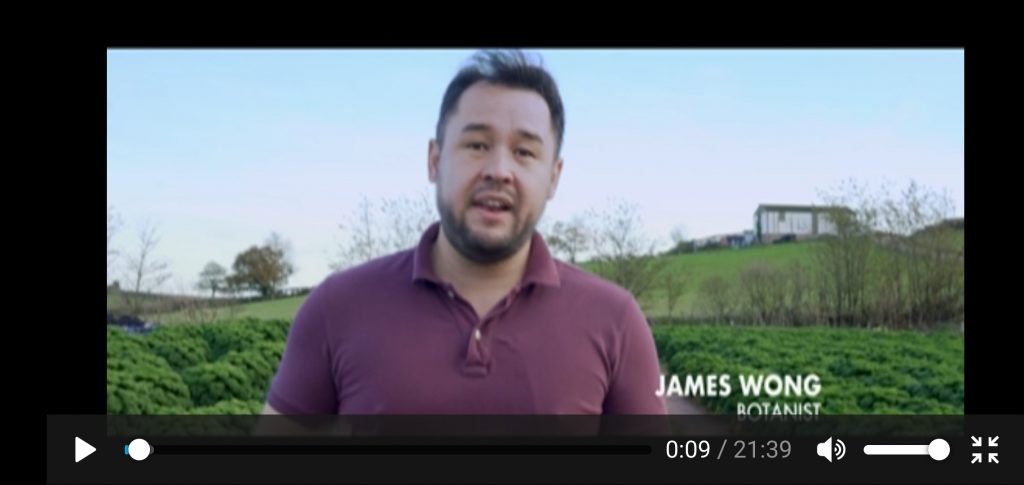
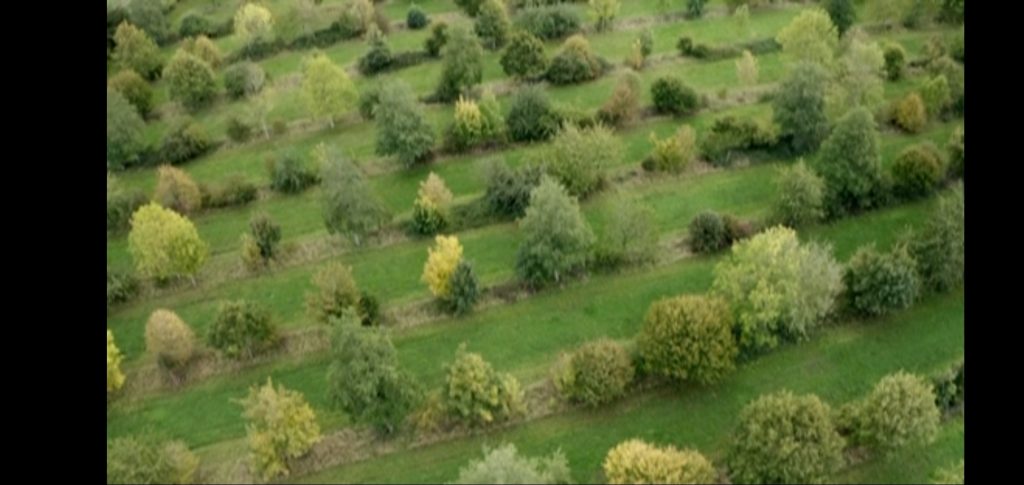
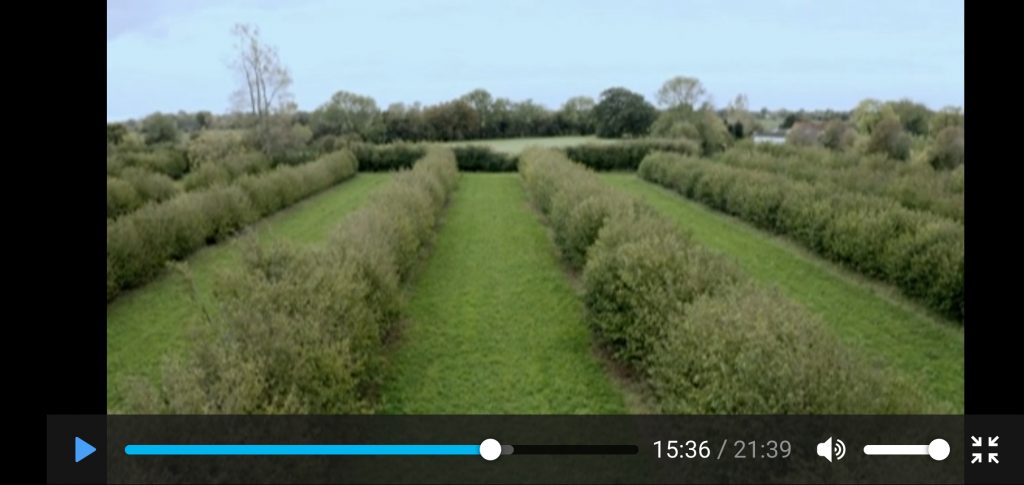
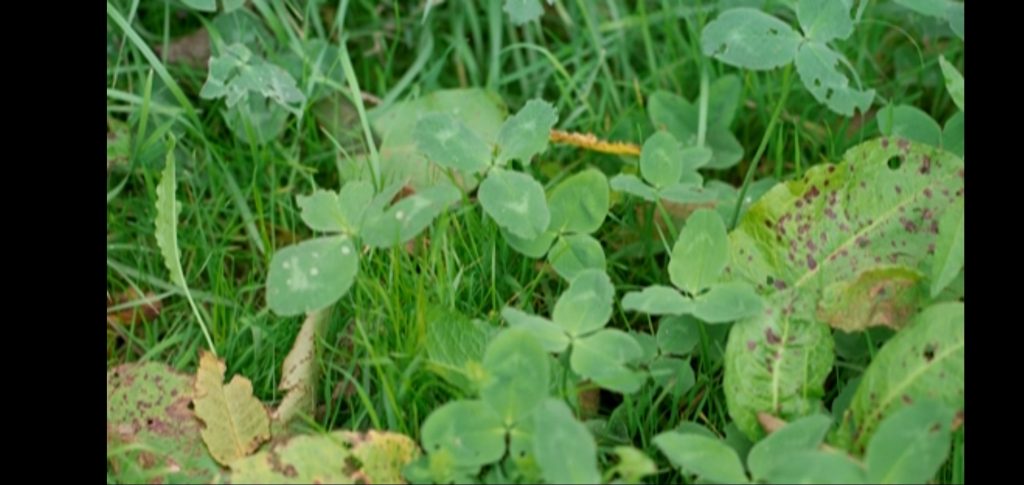
BBC Countryfile Magazine 2020
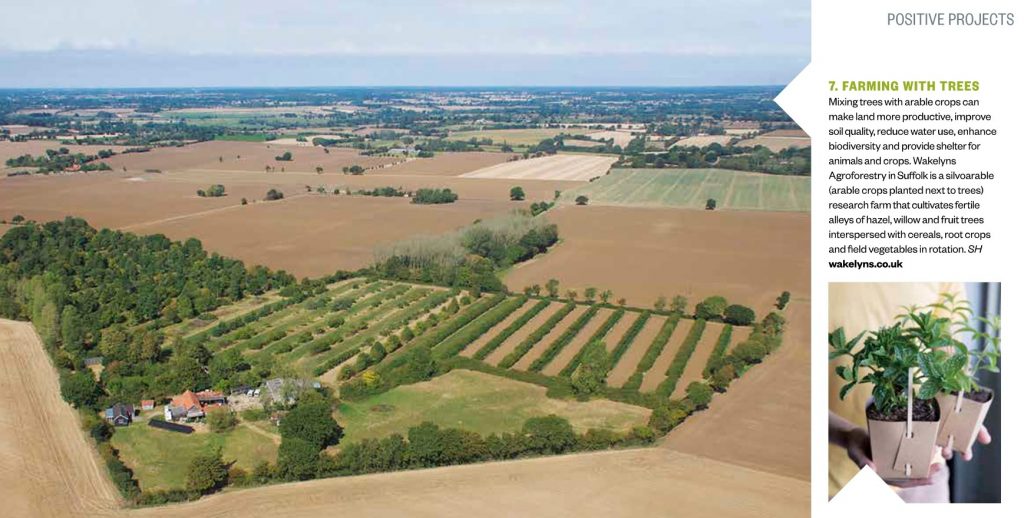
We were delighted to feature in BBC Countryfile’s Magazine’s March 2020 roundup of “positive projects”
Another perspective
Cordelia Rowlatt from Vallis Veg kindly included a view of Wakelyns at 1m 24s into her “Business As Usual” clip:
Documentary films
In early 2020, Swedish documentary maker, Maja Lindstrom, released this great film about agroforestry, featuring extensive footage from Wakelyns and interviews with Martin Wolfe. Also available dubbed into Russian here (Wakelyns starts at 9 minutes 40 seconds in). Well worth a watch!
And if you want more, then the first film in her series, Life Within Planetary Boundaries, also features Wakelyns, click here.
Maja also recorded some lovely detailed radio interviews with Martin, available, here, here and here
Most recently, James Wong’s BBC World series “Follow the Food” featured Wakelyns – see 13 mins 40 seconds Series 2 Episode 5 (February 2021).

The Landworkers Alliance has recently produced a major report about agroforestry in the UK. It looks at the related issues of carbon and climate because they are so integral to which direction land use takes over the next few decades. It features eight established and working examples of these new forms of agroforestry in the UK, and explores what we can learn from them, including Wakelyns (on page 10, and see also the aerial photographs on pages 4 and 5).
At Wakelyns, we have a total of 56 tree lines, some are 12m apart, some 15m and some 18m.
Tree lines 1-11 are willow on a short rotation (3 year) coppice cycle for use in hedging, weaving and (the rest) chipped for use in our biomass boiler to heat the Wakelyns farmhouse.
Tree lines 12-16 are a mixture of walnut trees, apple trees, plum trees and pear trees.
Tree lines 17-38 (planted in 1994, and so our oldest) are a mix of timber trees, cherry trees, and some apple trees.
Tree lines 39-45 are a mixture of apples, pears, plums, quinces, peaches, apricots, medlars and other food trees.
Tree lines 46-56 are hazels, on a medium rotation (7 year) coppice cycle for coppice cycle for use in hedging, thatching and (the rest) chipped for use in our biomass boiler to heat the Wakelyns farmhouse.
Wakelyns has a long association with the team from the Organic Research Centre some of whom were based at Wakelyns for several years. Together with Martin Wolfe, they undertook groundbreaking research across a range of issues related to organic agroforestry at Wakelyns.
Jo Smith and Sally Westaway from the ORC have put together this fantastic booklet describing some of that work and its conclusions.
